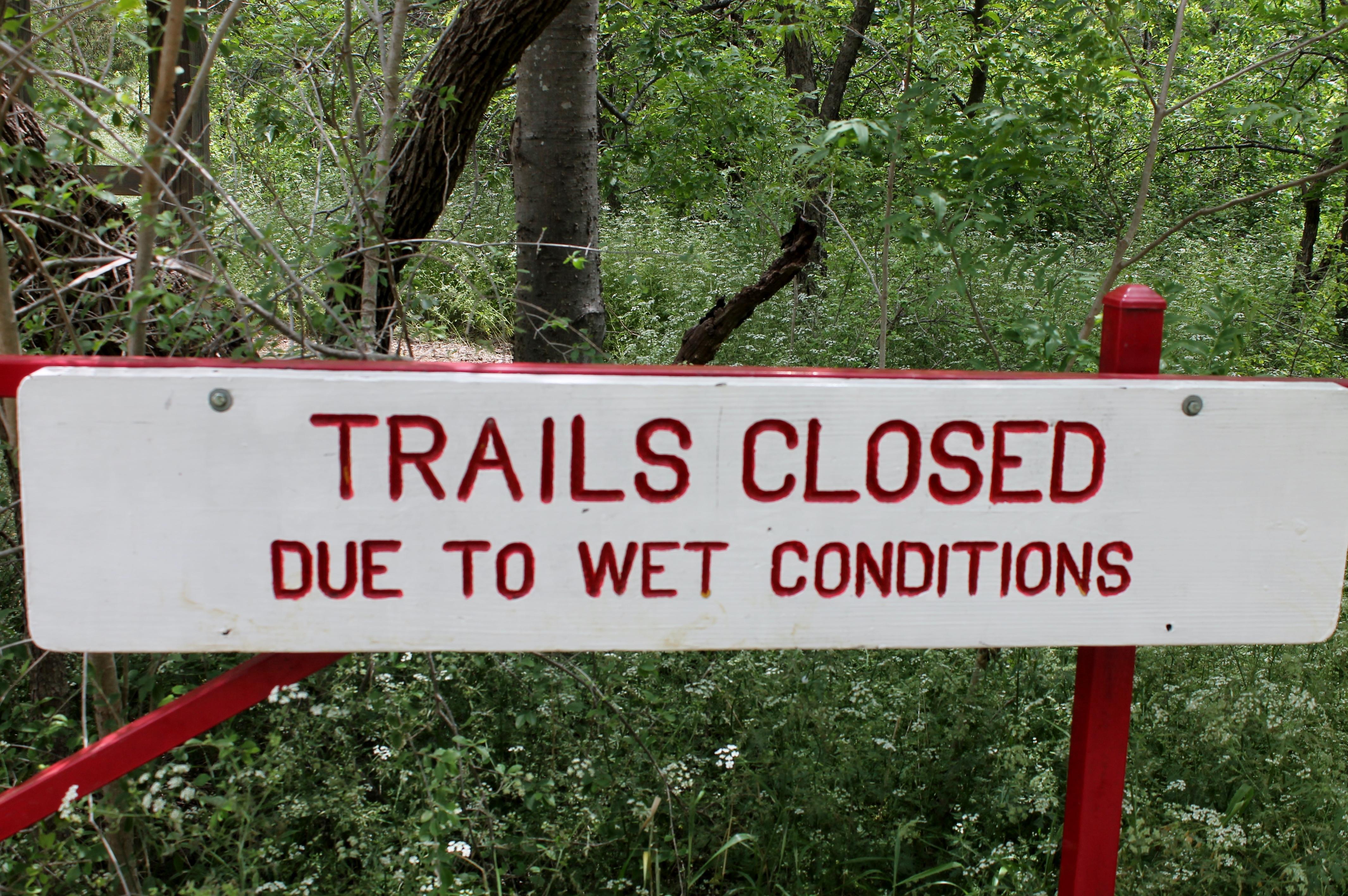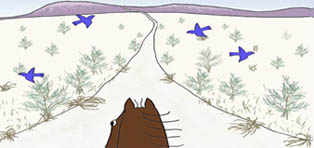 ELCR.org - Full Article
ELCR.org - Full ArticleNovember 24, 2015, by ELCR
By Denise O’Meara
Equestrians on Public Land
Our public lands provide some of the most remarkable miles of horseback trails and open space in the country. The U.S. Fish & Wildlife Service is one of the federal agencies that manage these sensitive lands. Other agencies include the U.S. Forest Service, Bureau of Land Management, the Army Corps of Engineers and others. States have many similar agencies that also manage publicly accessible lands. The purpose and responsibilities of these agencies may sometimes conflict with recreational use, and may necessitate removal of certain trail systems from use. Riders often don’t know why this happens or where to turn when it does.
US Fish & Wildlife’s function is to work with others to “conserve, protect and enhance fish, wildlife, and plants and their habitats for the continuing benefit of the American people.” While helping people to conserve and enjoy the outdoors, they must also provide protection of the species and their ecosystems. Their extensive responsibilities can be seen on their website at http://www.fws.gov/info/function.html.
Conflict and misunderstanding on each side occurs due to lack Trail closed no creditof communication and information. Fish & Wildlife managers don’t know what horseback riders need because riders don’t give make their needs known. The horse community doesn’t know the agency’s purpose, function and reason for doing certain things. It’s up to equestrians to help public land managers understand both the impacts and the advantages of horse and rider as trail and open land users.
ELCR Board President Ken Haddad, retired Executive Director of the Florida Fish and Wildlife Conservation Commission, reminds us how important it is for equestrians to participate in agency planning processes. In eight years of managing over 5 million acres of conservation lands, not one horse person stepped up or came to meetings to advocate for equine access. Ken found that he was the singular advocate for horse interests.
Fish & Wildlife Particulars
The Service performs many functions, including management of wildlife refuges, determination of sensitive lands and critical habitats (home to threatened and endangered species) and assessing damage to habitat by human activities and natural phenomena.
Fish & Wildlife periodically carries out habitat assessments. An Environmental Impact Statement and a Comprehensive Conservation Plan will be formulated. In addition, Determination of Compatibility studies are done for recreational and other activities on sensitive lands and Reserves. It’s critical for equestrians to be aware of when assessments and planning are being carried out, and to become involved in the public input process. Once an activity is deemed (or thought) to be responsible for damage to sensitive land, action will be taken to remove the cause and fix the problem (restoration).
When the Horse Community Participates-An Example
The Crab Orchard National Wildlife Refuge Draft Environmental Impact Statement (DEIS) and Comprehensive Conservation Plan is an example. The draft includes 88 comments about equestrian trails. (See pp. 205-208, section 7.1.3.11. Horseback Riding/Equestrian Trails). Interestingly, unfavorable comments come from non-equestrian participants. The Service addresses misconceptions about horses in an often positive way, though they may not translate into the actions and access that equestrians may most desire. (http://www.fws.gov/midwest/planning/craborchard/FinalEIS/Chapter7.pdf)...
Read more here:
https://elcr.org/trail-closures-on-public-agency-lands/

No comments:
Post a Comment